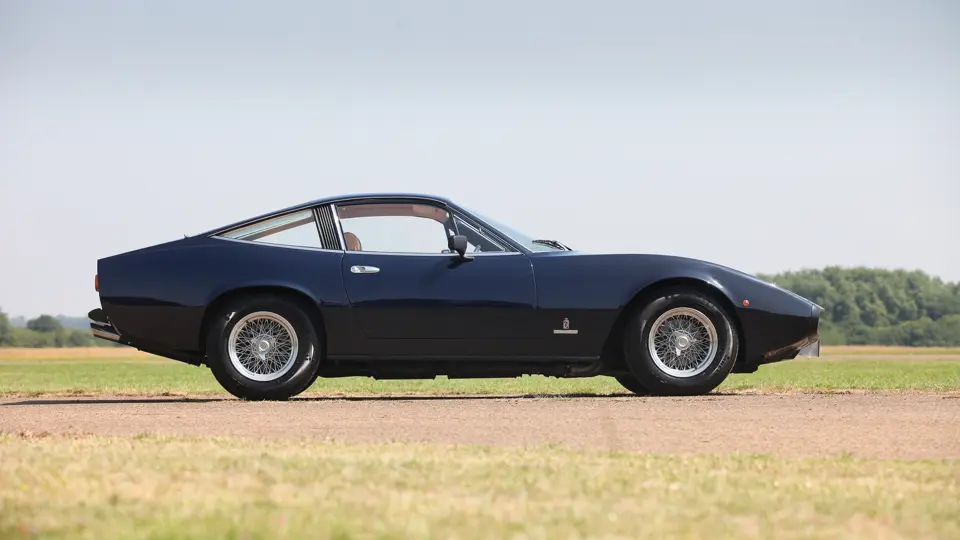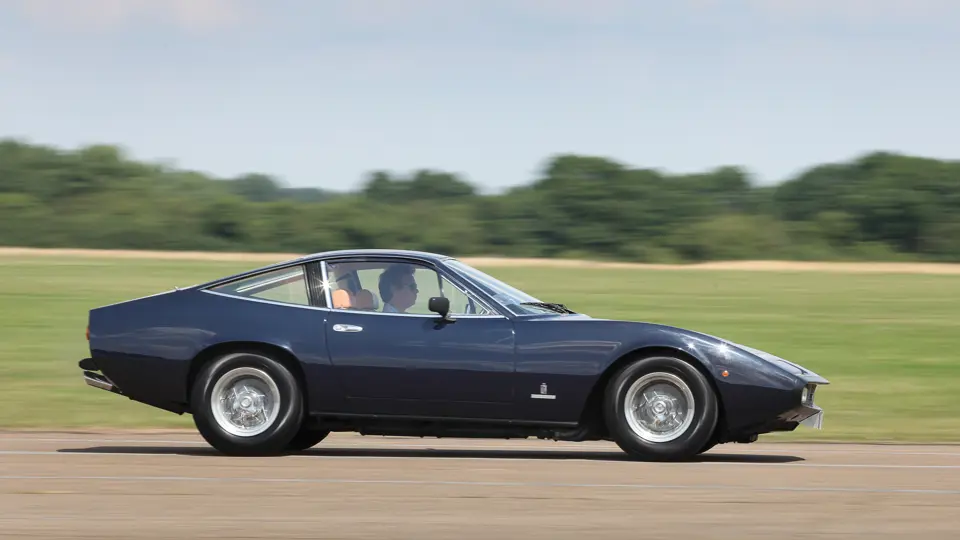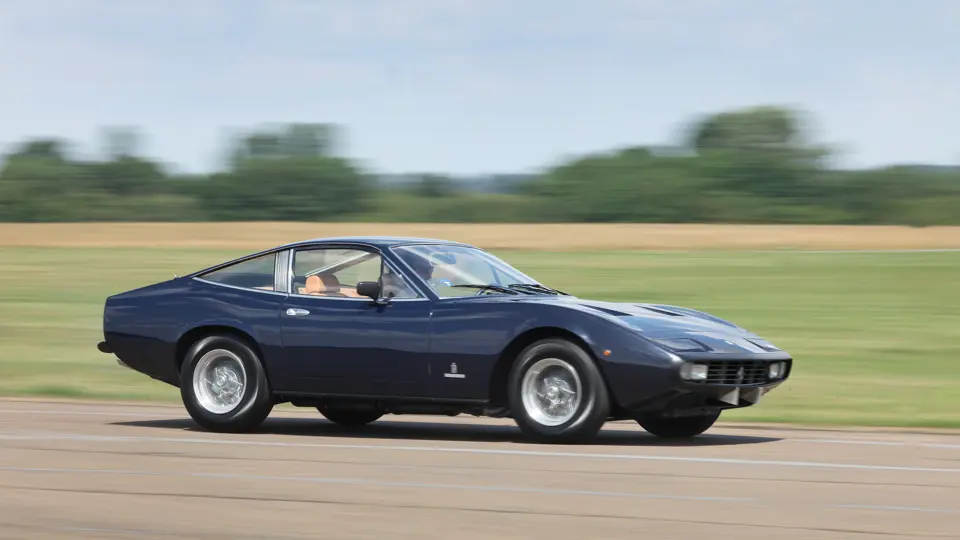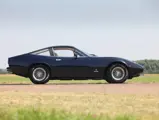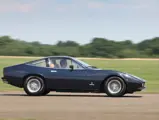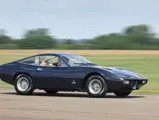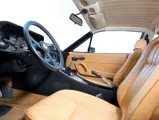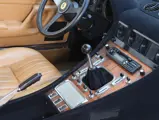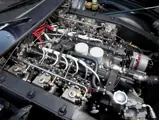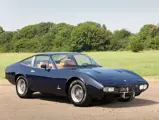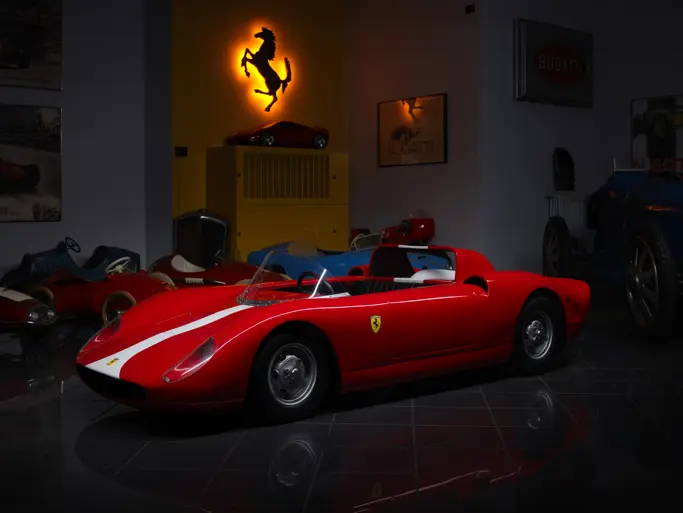320 bhp, 4,390 cc DOHC V-12 engine with six Weber 38 DCOE59/60A side-draught carburettors, five-speed manual gearbox, four-wheel upper and lower wishbone coil-spring independent suspension, and four-wheel hydraulic disc brakes. Wheelbase: 2,500 mm
The 365 GTC/4 was developed to meet the growing demand from Ferrari clients for high-performance grand touring automobiles with four seats, and it was introduced as the replacement to the 365 GTC in March 1971 at the Geneva Motor Show. Once again, the designers at Pininfarina were given the opportunity to create Ferrari’s next 2+2, and through the utilisation of their brand-new wind tunnel, Pininfarina crafted a sensuous and streamlined shape that was much more seductive and clearly sportier than the company’s past four-seaters.
The 365 GTC/4 was constructed from steel and might have resembled the Daytona, but its lengthened chassis required the use of completely new body panels. It featured pop-up headlights and was easily distinguishable from its siblings due to its distinct oval grille, which was encircled by a broad black ring that doubled as a bumper on its nose.
Even though the engine was a 4.4-litre V-12 that boasted the same capacity as the Daytona, it was an entirely different unit that had been designed to accommodate the dramatically lower bonnet line on the 365 GTC/4. A new cylinder head was employed, which put the intake manifolds between the inlet and exhaust camshafts on each bank, and the six Weber carburettors were now side-drafts, as opposed to the downdraught carburettors fitted to the Daytona, which was another adaptation made for the car’s low bonnet. Wet-sump lubrication was used, as opposed to the dry-sump method used on the Daytona, and power steering and brakes, along with a hydro-pneumatic self-levelling device on the rear suspension, were also included.
The 365 GTC/4’s chassis was also very similar to the Daytona’s, but it was lengthened by 100 millimetres to allow for extra interior space. As with any other four-seat Ferrari, the interior of the 365 GTC/4 was beautifully trimmed with lavish Italian leather and other luxury features, such as ZF power steering and a radio. Many examples were also fitted with air conditioning. Power brakes and power steering were made standard in order to make the car more drivable, and a hydro-pneumatic self-levelling device was added to the rear suspension, which presumably helped to accommodate its owner’s luggage. Additionally, when the owner needed more space for his or her luggage and the rear seats were not in use, they could be folded down to allow for additional storage. Over the car’s 18-month production run, just 500 examples were produced.
Chassis 15143, the 1972 Ferrari 365 GTC/4 presented here, was produced in March 1972 and finished in silver over a black interior. The car was sold new through Ayache, the official Lebanese Ferrari distributor based in Beirut, to a son of King Faisal of Saudi Arabia. Whilst not much is known about the car’s history, it did recently receive a restoration in its current dark blue over beige in its native Italy, where it has resided for the last few years. Outside, wire wheels shod with Pirelli tyres perfectly complement the car’s exterior. Inside, the beige leather shows few signs of use, and it would certainly be an excellent place to be in for a cross-country road trip, just as its manufacturers would have intended.
To many, the 365 GTC/4 provides the best of both worlds, as it features a traditional Ferrari V-12, to provide all of the performance one would expect from such a car, as well as four practical seats and a spacious boot. Perhaps Road & Track magazine summed up the 365 GTC/4 best when declaring that it is “a fine car for a cross-country trip in any weather…Less mechanical thrash comes through from the engine room than in any previous Ferrari, and the controls are smoother and lighter than ever, making the car deliciously easy to drive well”.

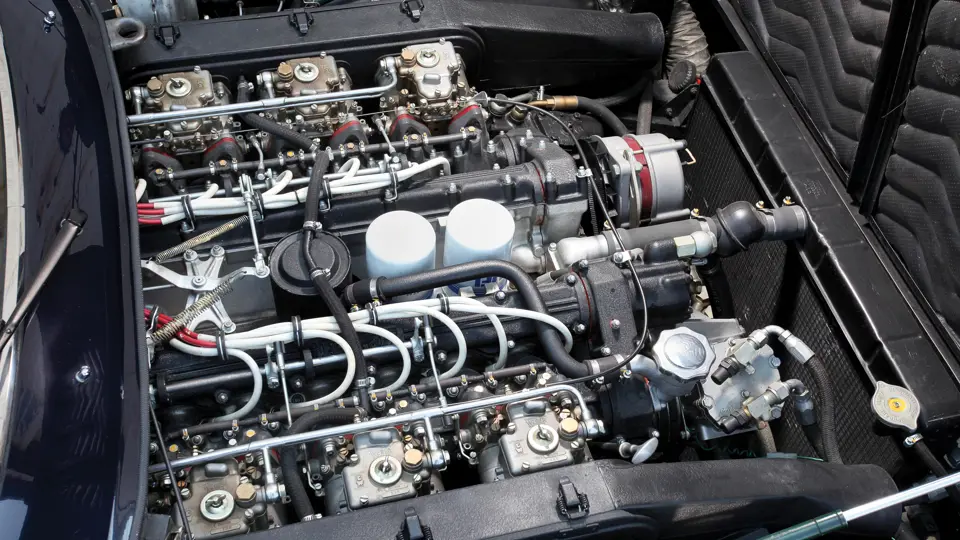


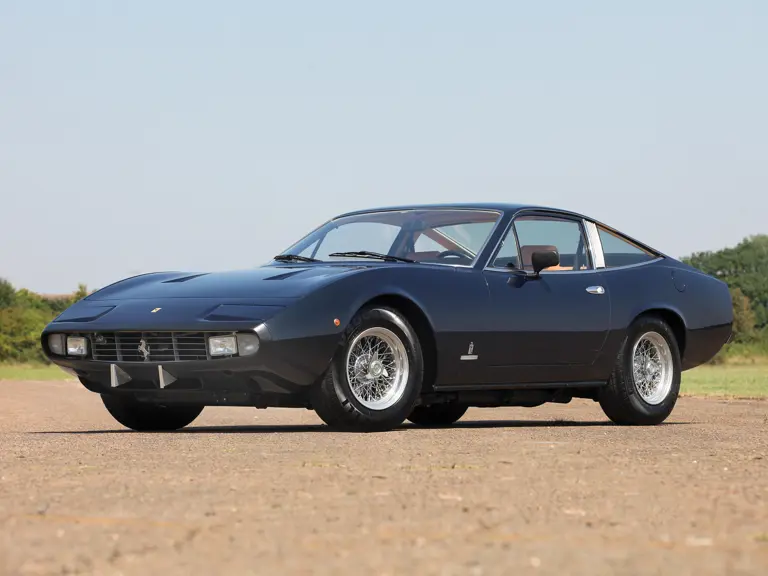
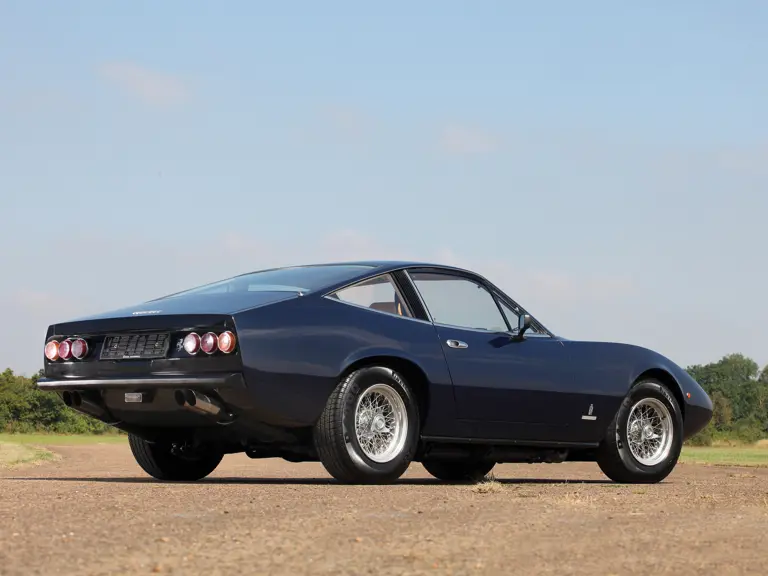
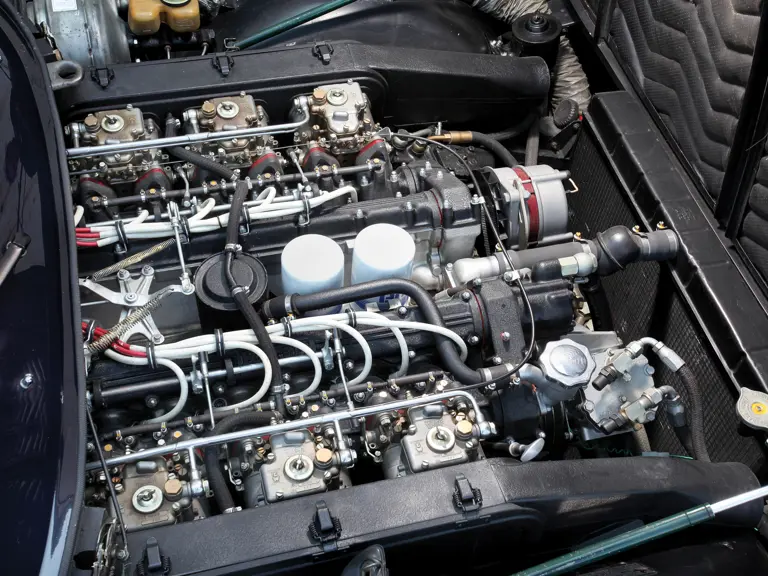
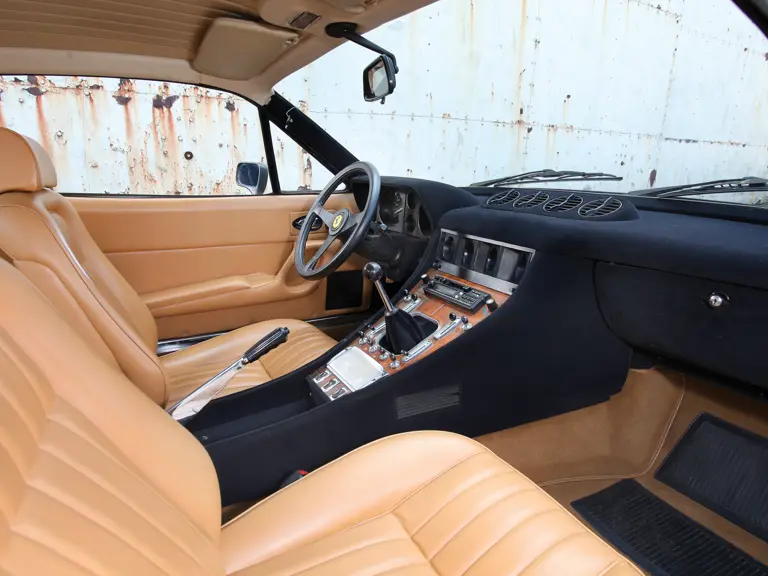
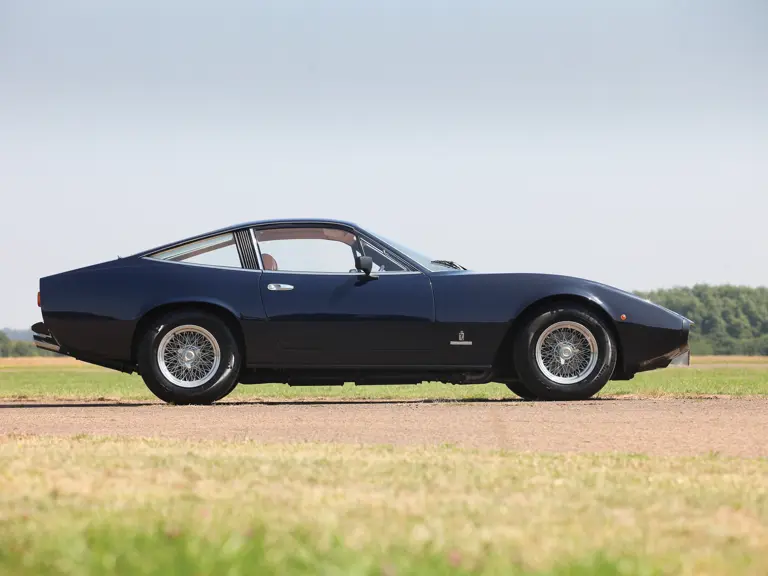
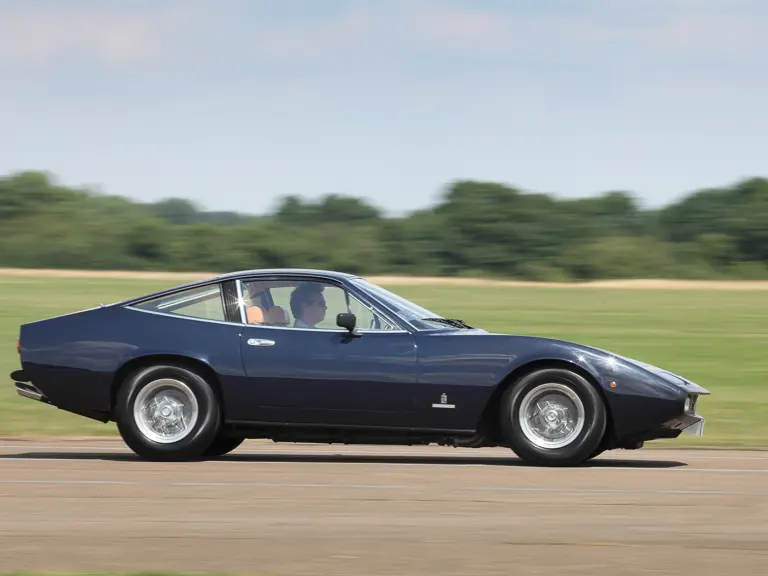
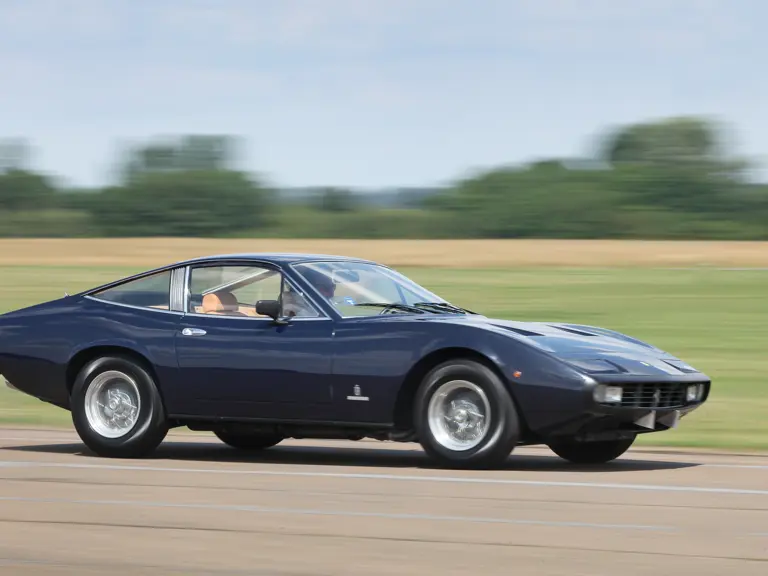


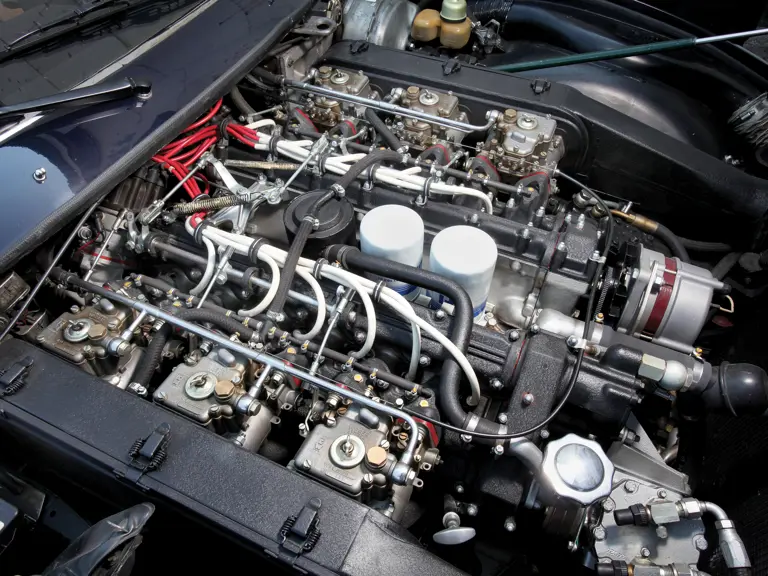

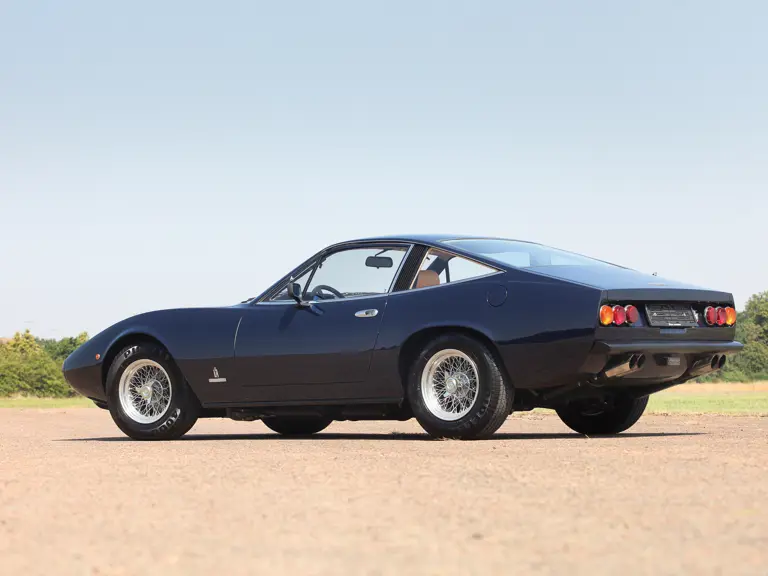
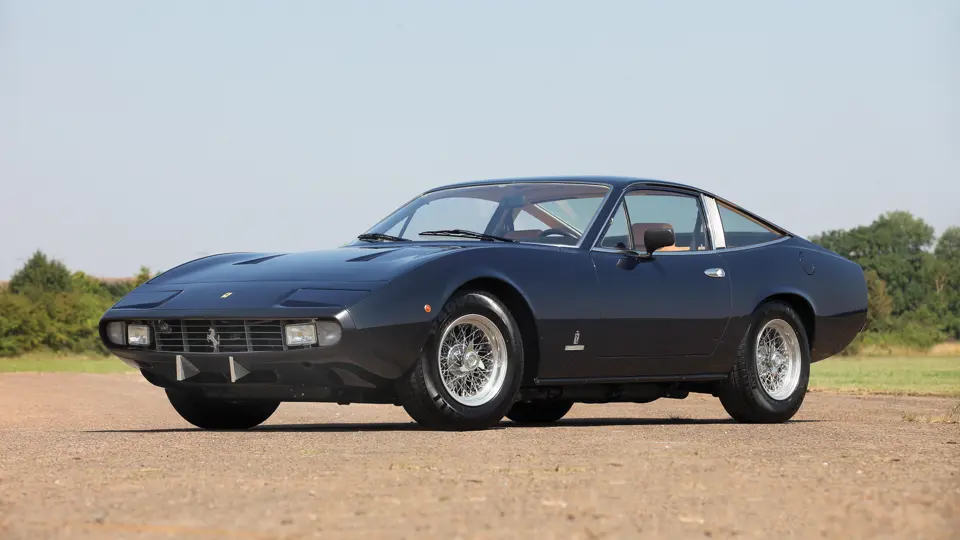
 | London, United Kingdom
| London, United Kingdom
